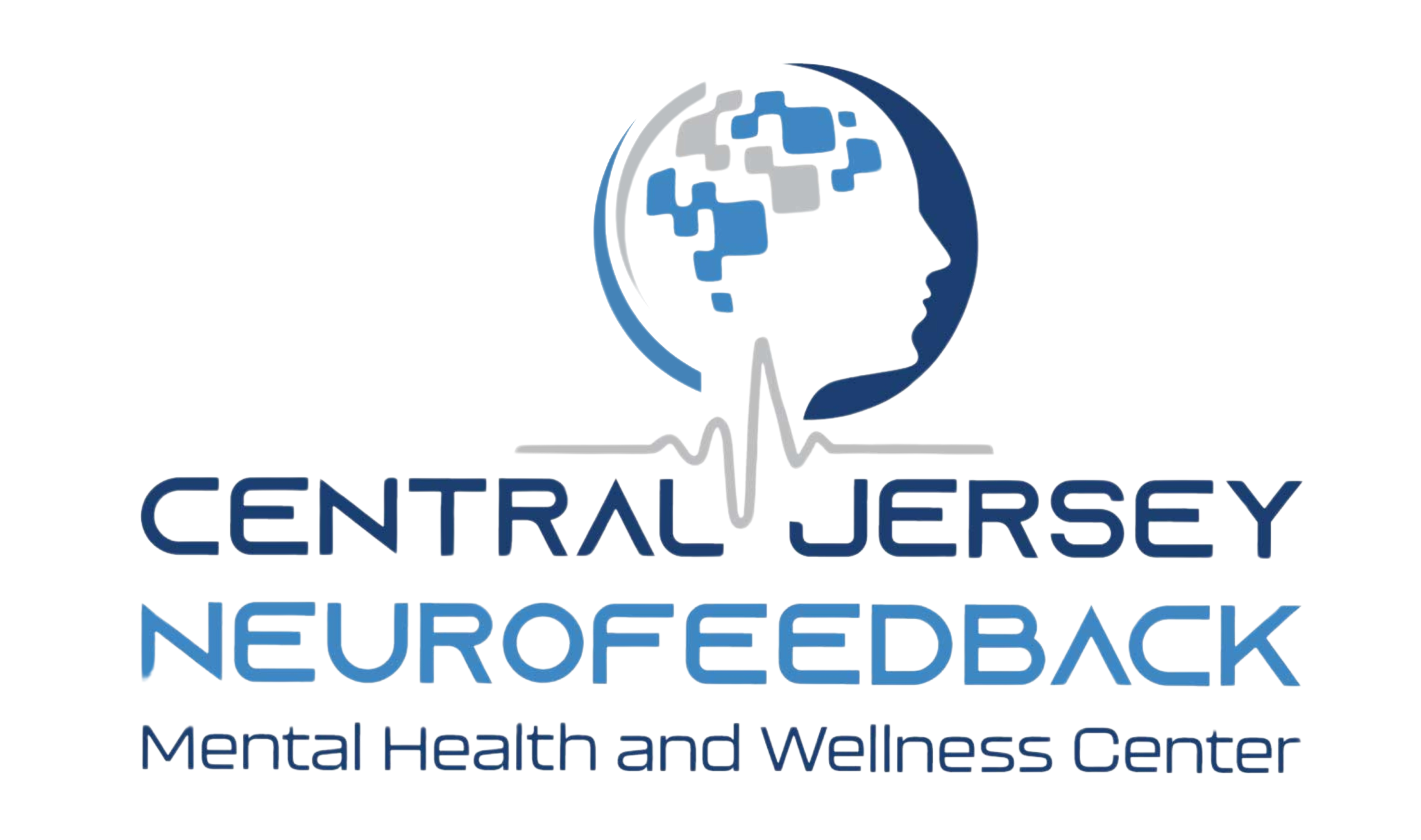BRAIN MAP
A QEEG brain map is a powerful tool that provides a detailed and quantitative assessment of brain function. By analyzing the brain's electrical activity, it offers valuable insights into cognitive and emotional states, helping in the diagnosis and treatment of various conditions, as well as in the enhancement of overall brain performance.
Applications of QEEG Brain Mapping
Clinical Diagnosis: Helps in diagnosing conditions such as ADHD, anxiety, depression, and other neurological or psychiatric disorders.
Neurofeedback Training : Used to guide neurofeedback therapy, where individuals learn to regulate their brain wave activity through real-time feedback.
Performance Enhancement: Used by athletes, professionals, and students to optimize cognitive performance and enhance focus and relaxation.
QEEG brain mapping provides a detailed and objective assessment of brain function, which can be invaluable for both clinical and performance-related applications. Here’s a detailed explanation of the different types of brain waves that are typically monitored in a QEEG brain map

Types of Brain Waves

Characteristics: Delta waves are the slowest brain waves and are most prominent during deep sleep. They are typically high in amplitude.
-Functions: Associated with deep restorative sleep, physical rejuvenation, and the healing process. They are also involved in unconscious bodily functions and are usually dominant in infants and young children.
- Characteristics: Theta waves are slower than alpha waves and are often linked to light sleep, drowsiness, or the early stages of sleep.
- Functions: Associated with creativity, intuition, daydreaming, and meditation. They are involved in memory processing and automatic activities.
- Characteristics: Alpha waves are moderate-frequency waves and are most prominent when a person is relaxed but awake, such as during a calm state with closed eyes.
- Functions: Associated with relaxation, calmness, and a state of wakeful rest. They play a role in reducing stress and enhancing mental coordination and learning.
Characteristics: Beta waves are fast waves with a higher frequency and lower amplitude. They are present during active thinking, problem-solving, and focus.
- Functions: Associated with active concentration, alertness, and cognitive tasks. High levels of beta waves can indicate anxiety, stress, or arousal.
- Characteristics: Gamma waves are the fastest brain waves and have the smallest amplitude. They are involved in higher-level cognitive functioning and information processing.
- Functions: Associated with perception, consciousness, attention, and higher-level cognitive tasks. They play a role in integrating information from different parts of the brain.
How QEEG Brain Mapping Works
Data Collection:
- Electrodes are placed on the scalp to measure electrical activity in various regions of the brain.
- The EEG signals are recorded while the individual is at rest, performing specific tasks, or in different states of consciousness.
Quantitative Analysis:
- The recorded EEG data is converted into digital signals and analyzed using specialized software.
- This analysis includes measuring the power (amplitude) and frequency of the different brain waves across various regions of the brain.
Brain Maps:
- The data is then represented in the form of brain maps, which visually display the distribution and intensity of different brain wave frequencies.
- These maps can highlight areas of the brain that may be underactive or overactive.
